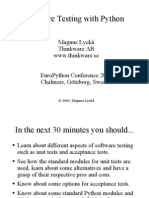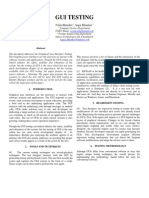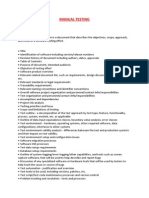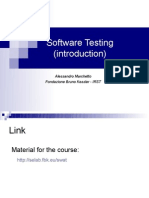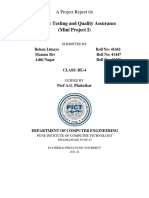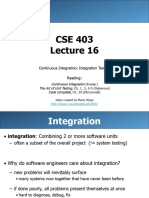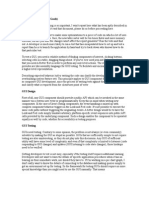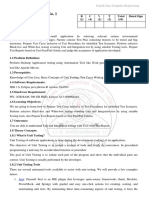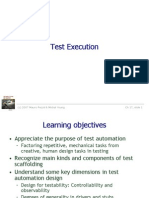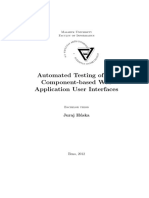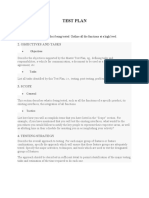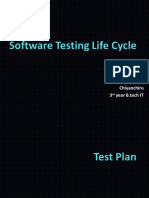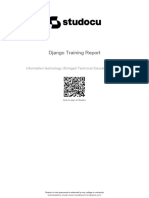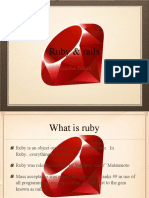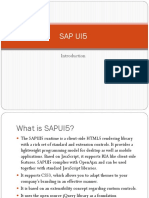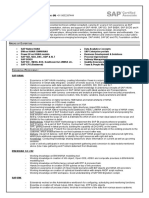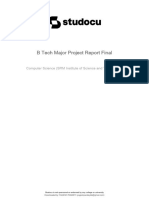0% found this document useful (0 votes)
11 views52 pagesMaking Programs Fail
The document discusses the importance of testing in software development, emphasizing two main views: testing for validation and testing for debugging. It outlines various testing strategies, including automated tests, and highlights the significance of isolating failures and managing dependencies. Additionally, it introduces concepts such as the Model-View-Controller pattern and the principles of high cohesion and low coupling in software design.
Uploaded by
pnsocial accCopyright
© © All Rights Reserved
We take content rights seriously. If you suspect this is your content, claim it here.
Available Formats
Download as PDF, TXT or read online on Scribd
0% found this document useful (0 votes)
11 views52 pagesMaking Programs Fail
The document discusses the importance of testing in software development, emphasizing two main views: testing for validation and testing for debugging. It outlines various testing strategies, including automated tests, and highlights the significance of isolating failures and managing dependencies. Additionally, it introduces concepts such as the Model-View-Controller pattern and the principles of high cohesion and low coupling in software design.
Uploaded by
pnsocial accCopyright
© © All Rights Reserved
We take content rights seriously. If you suspect this is your content, claim it here.
Available Formats
Download as PDF, TXT or read online on Scribd
/ 52



